Biomolecules such as amino acids and sugars occur in two mirror-image forms – in all living organisms, however, only one is ever found. Why this is the case is still unclear. Researchers at Empa and Forschungszentrum Jülich in Germany have now found evidence that the interplay between electric and magnetic fields could be at the origin of this phenomenon.
Tag: Magnetism
Altermagnetism proves its place on the magnetic family tree
Experiments at the Swiss Light Source SLS prove the existence of a new type of magnetism, with broad implications for technology and research.
Astronomers use novel technique to find starspots
Astronomers have developed a powerful technique for identifying starspots, according to research presented this month at the 241st meeting of the American Astronomical Society.
Study finds nickelate superconductors are intrinsically magnetic
Scientists embedded elementary particles called muons into a nickel oxide superconductor to learn more about its magnetic properties. They discovered very different magnetic behavior than the best known unconventional superconductors, the cuprates, display.
New feedback system can improve efficiency of fusion reactions
PPPL scientists have refined the use of magnetic fields to improve the performance of doughnut-shaped fusion facilities known as tokamaks. The improved technique protects internal parts from damage by instabilities and allows tokamaks to operate for longer without pausing.
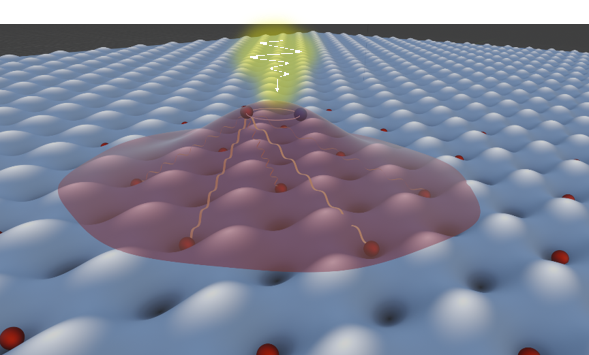
Lasers trigger magnetism in atomically thin quantum materials
Researchers discovered that light can trigger a form of magnetism in a normally nonmagnetic material. This magnetism centers on the behavior of electron “spin.” By controlling & aligning electron spin at this level of detail & accuracy, this platform could have applications in quantum computing & simulation.
Three PPPL scientists win competitive awards to conduct frontier plasma science work
World-class expertise in the study of plasma — the hot, charged state of matter composed of free electrons and atomic nuclei, or ions, that makes up 99 percent of the visible universe — has won frontier science projects for three physicists at PPPL.
Lighting Up Ultrafast Magnetism in a Metal Oxide
Scientists studied what happens when very short pulses of laser light strike a magnetic material. Understanding how magnetic correlations change over short timescales is the first step in being able to control magnetism for applications.
Microscopic fossils record ancient climate conditions
Researchers report the climate clues that can be found by analyzing magnetic fossil particles, or magnetofossils.
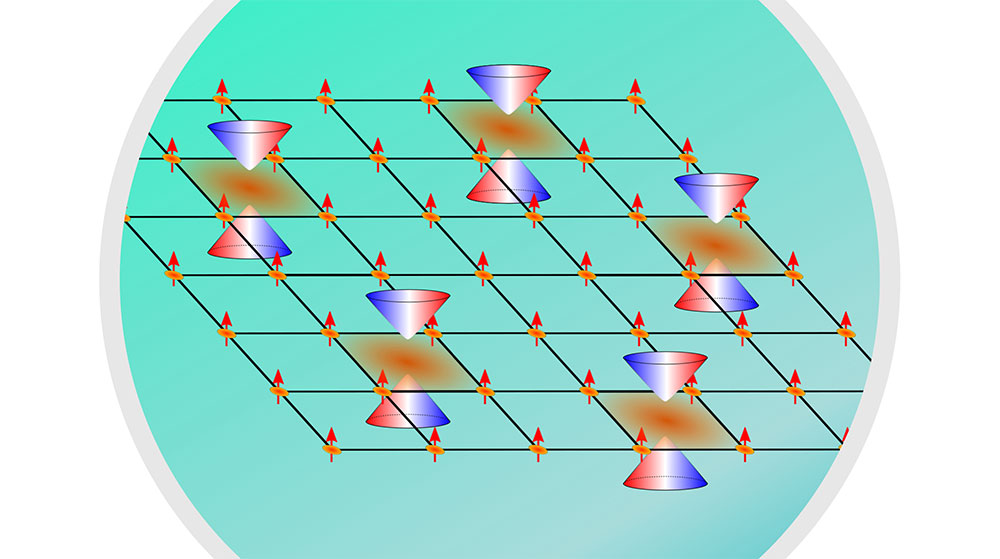
Magnetism Meets Topology on a Superconductor’s Surface
Scientists have found an energy band gap—an energy range where no electrons are allowed—opens at a point where two allowed energy bands intersect on the surface of an iron-based superconductor. This unusual electronic energy structure could be used for quantum information science and electronics.
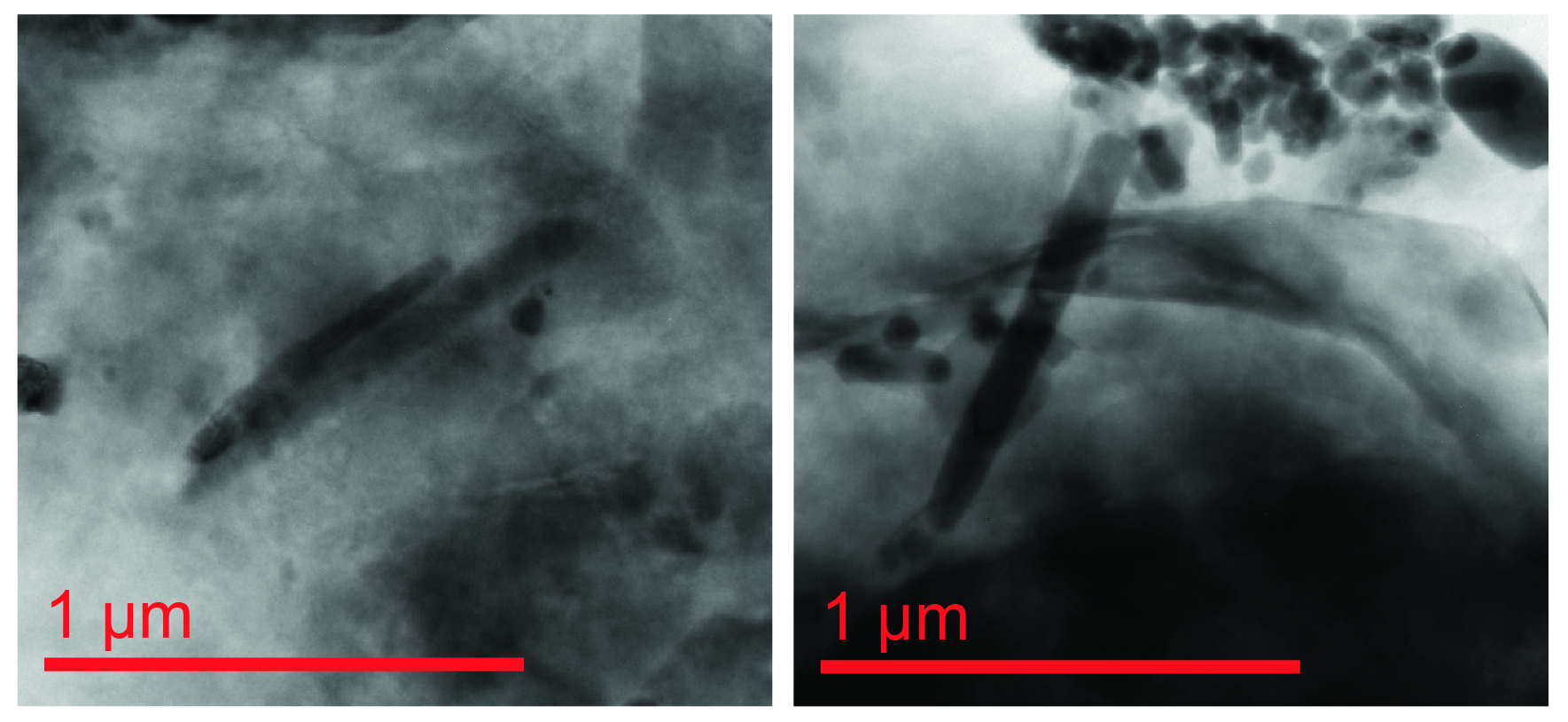
Mysterious magnetic fossils offer past climate clues
There are fossils, found in ancient marine sediments and made up of no more than a few magnetic nanoparticles, that can tell us a whole lot about the climate of the past, especially episodes of abrupt global warming. Now, researchers have found a way to glean the valuable information in those fossils without having to crush the scarce samples into a fine powder.
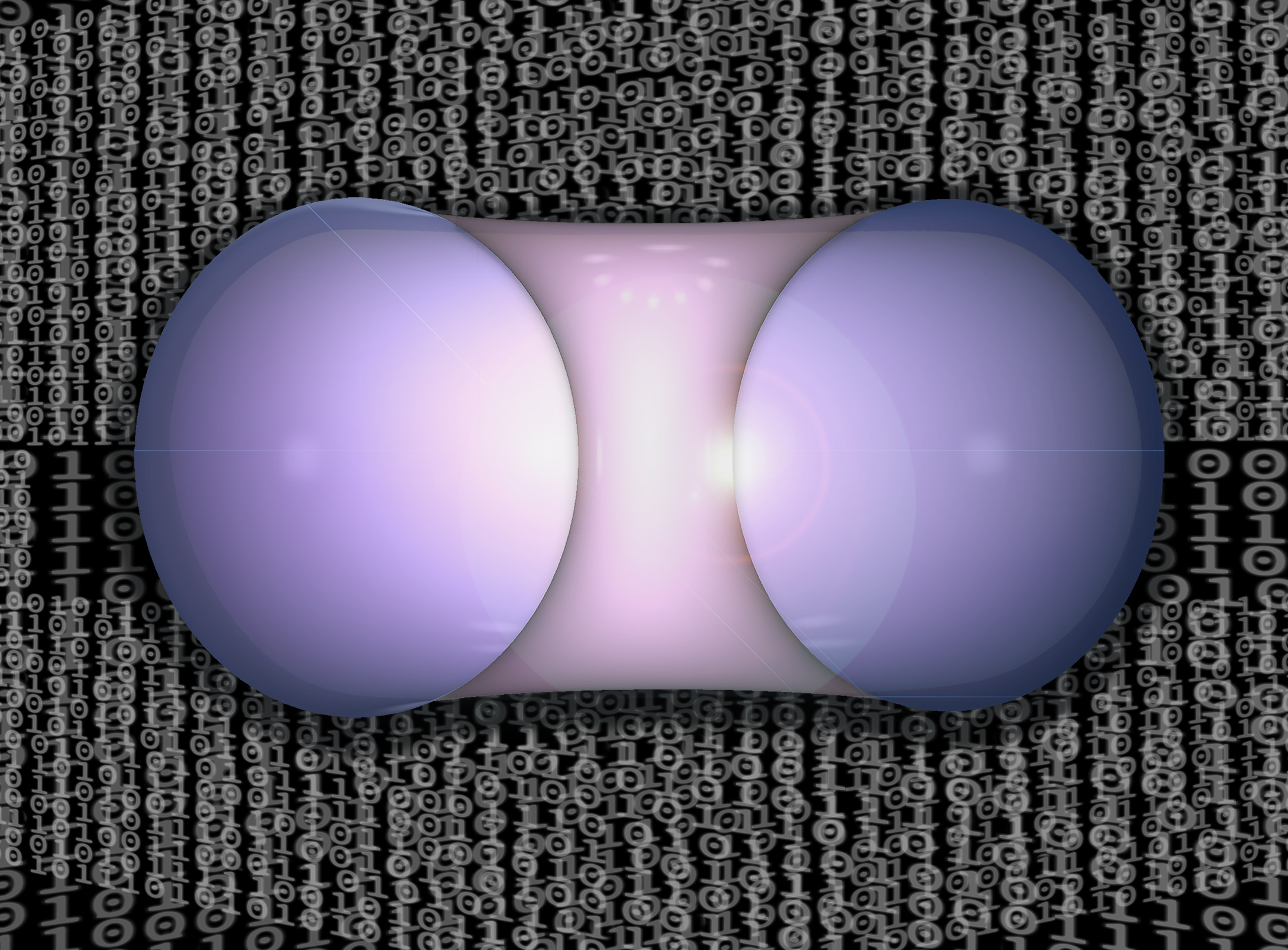
Scientists develop forecasting technique that could help advance quest for fusion energy
An international group of researchers has developed a technique that forecasts how tokamaks might respond to unwanted magnetic errors. These forecasts could help engineers design fusion facilities that create a virtually inexhaustible supply of safe and clean fusion energy to generate electricity.

Quantum Materials Quest Could Benefit From Graphene That Buckles
Graphene, an extremely thin two-dimensional layer of the graphite used in pencils, buckles when cooled while attached to a flat surface, resulting in beautiful pucker patterns that could benefit the search for novel quantum materials and superconductors, according to Rutgers-led research in the journal Nature. Quantum materials host strongly interacting electrons with special properties, such as entangled trajectories, that could provide building blocks for super-fast quantum computers. They also can become superconductors that could slash energy consumption by making power transmission and electronic devices more efficient.
Scientists Dive Deep Into Hidden World of Quantum States
A research team led by the Department of Energy’s Lawrence Berkeley National Laboratory (Berkeley Lab) has developed a technique that could lead to new electronic materials that surpass the limitations imposed by Moore’s Law.
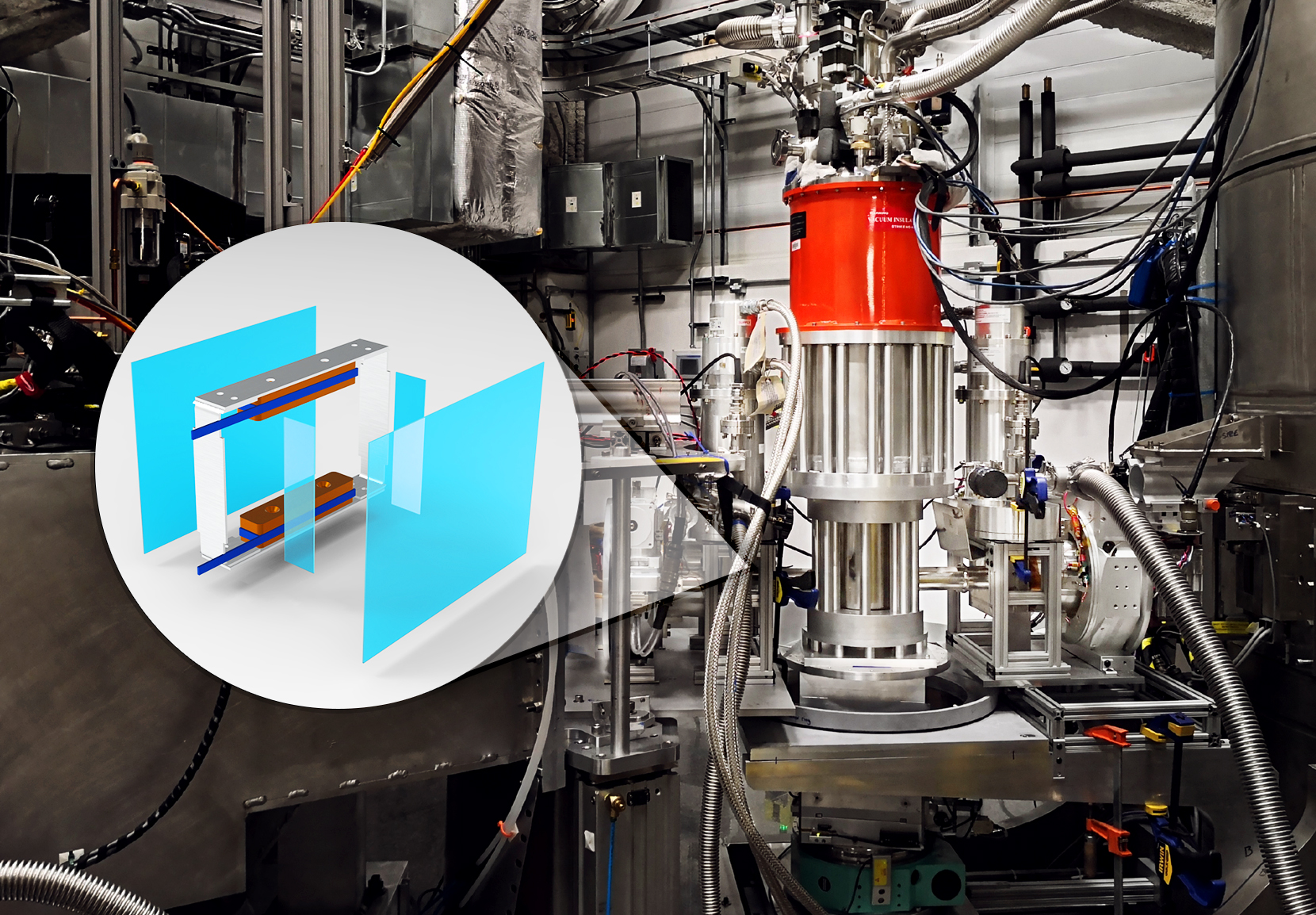
ORNL neutrons add advanced polarization capability for measuring magnetic materials
Neutron scattering instruments at ORNL’s HFIR and SNS are undergoing upgrades which will enable them to study magnetic phenomena previously not possible in the US. Incorporating a device for spherical neutron polarimetry enables the ability to characterize complex magnetic systems in new dimensions for materials that could be developed for enhanced data storage and quantum computing technologies.
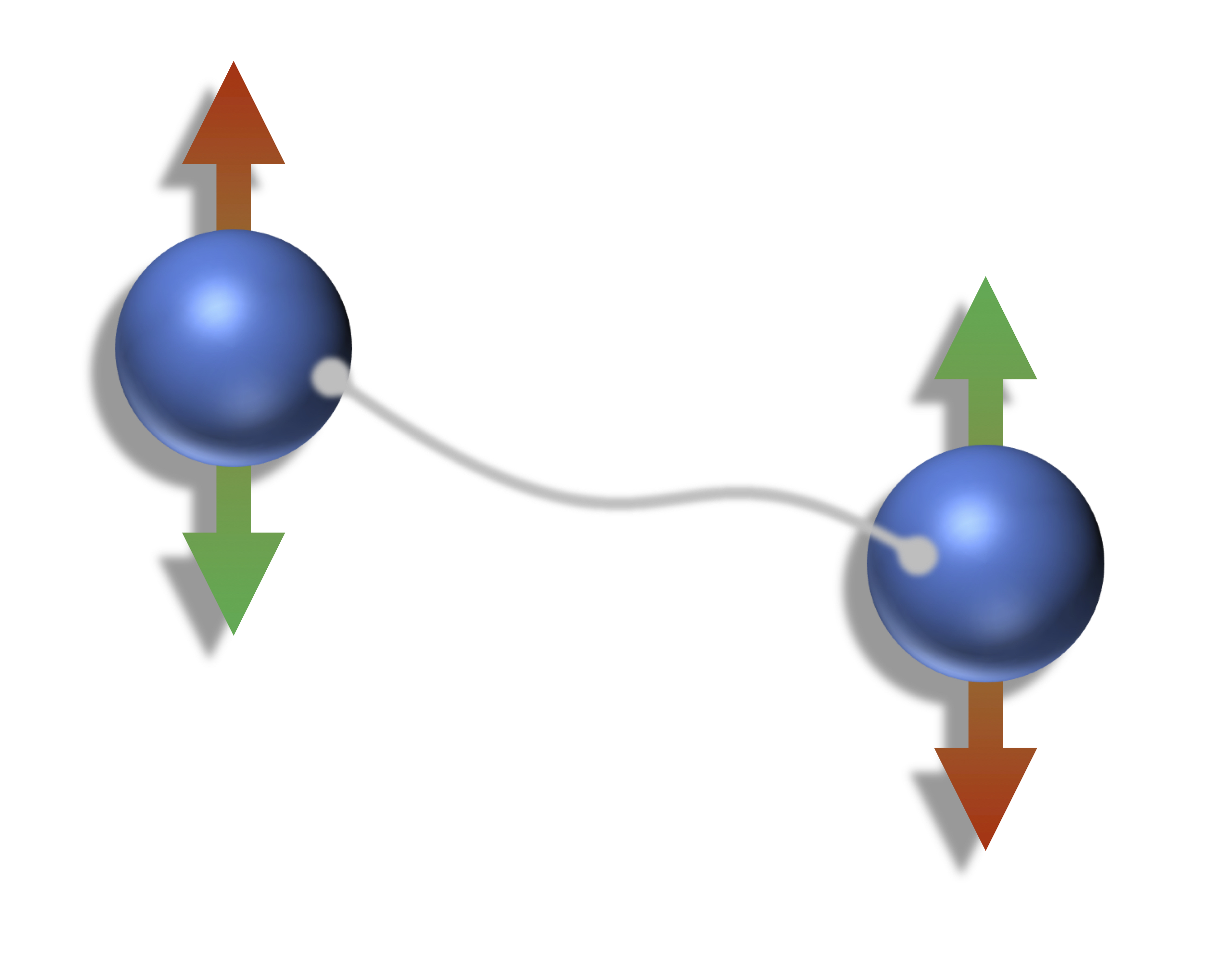
How a Magnet Could Help Boost Understanding of Superconductivity
Physicists have unraveled a mystery behind the strange behavior of electrons in a ferromagnet, a finding that could eventually help develop high temperature superconductivity. A Rutgers co-authored study of the unusual ferromagnetic material appears in the journal Nature.
Theoretical Study Points to Jade-Like Materials as Quantum Spin Liquids
Materials that can host this exotic liquid-like magnetic state could be harnessed for next-generation energy and computing applications.